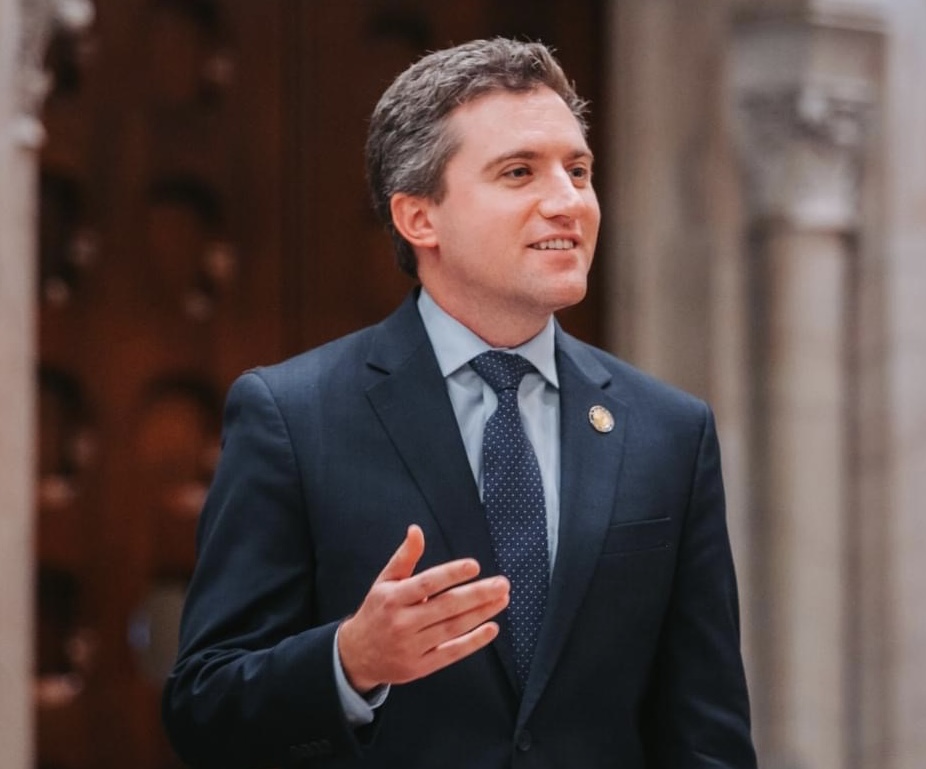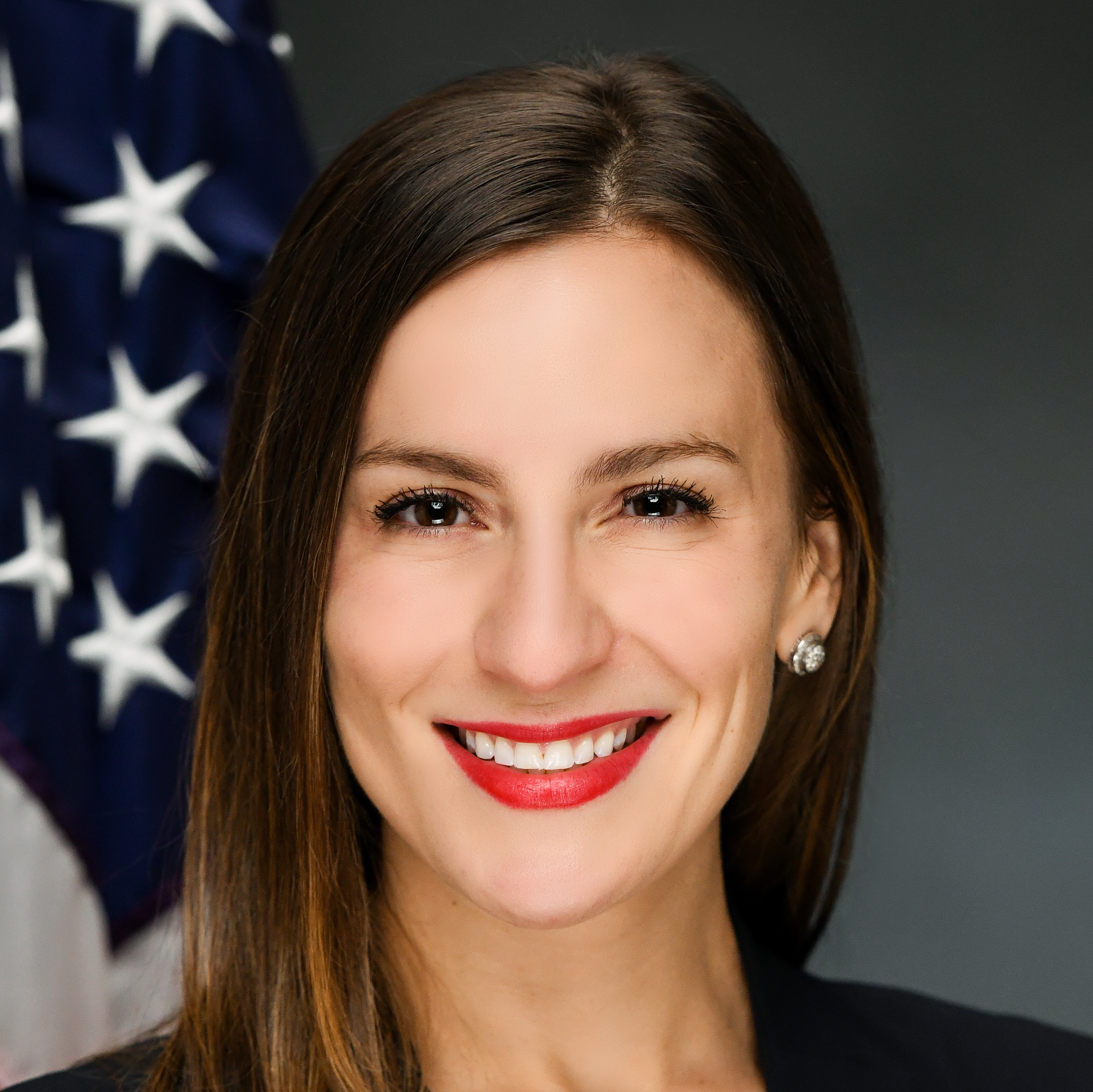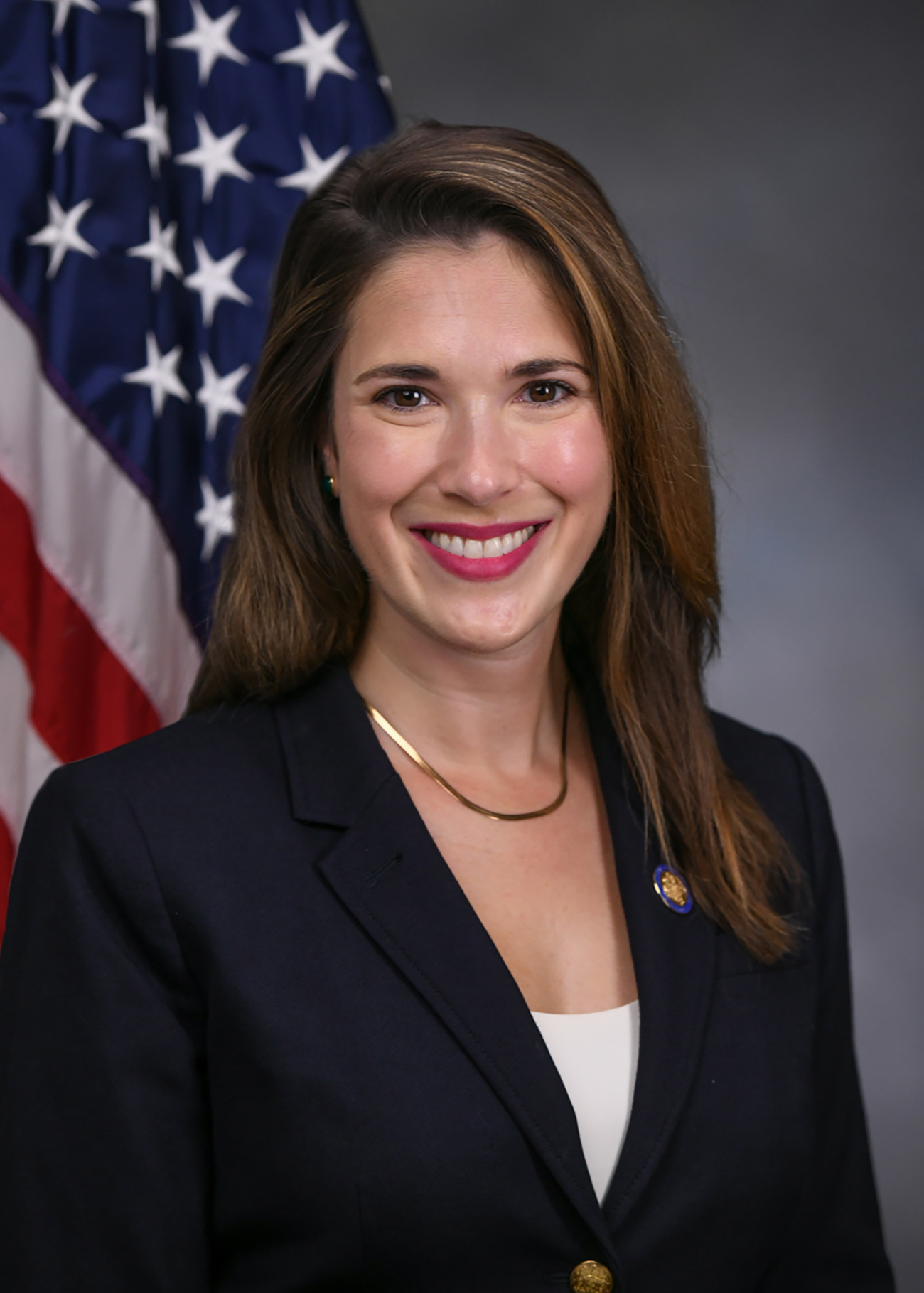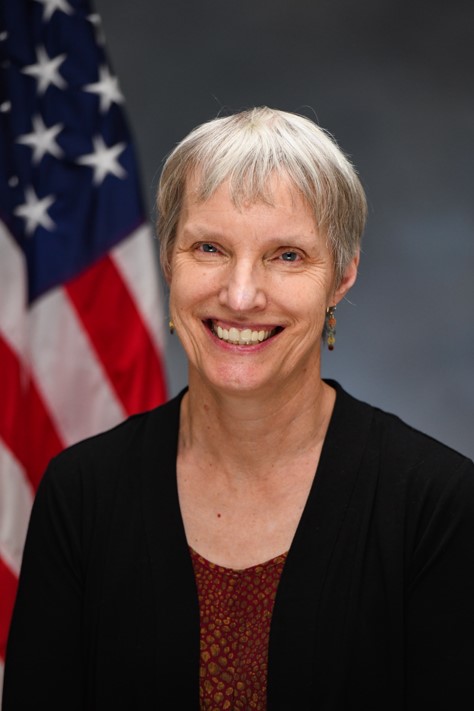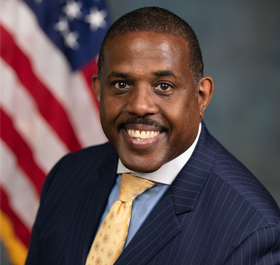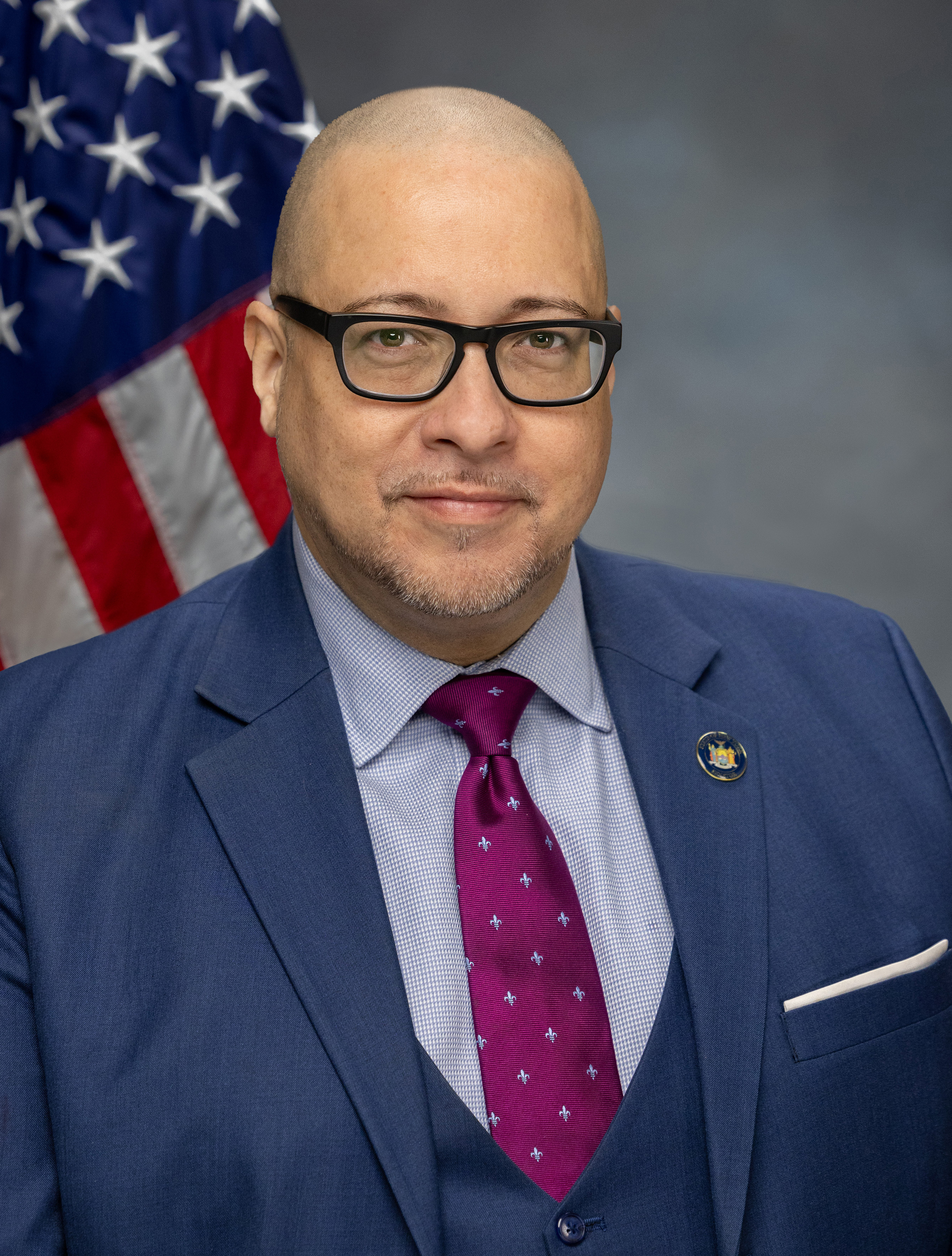| Date of Action |
Assembly Actions -
Lowercase Senate Actions - UPPERCASE |
|---|---|
| Dec 22, 2021 |
approval memo.129 signed chap.768 |
| Dec 10, 2021 |
delivered to governor |
| Jun 09, 2021 |
returned to senate passed assembly |
| Jun 07, 2021 |
ordered to third reading rules cal.445 substituted for a6057a referred to ways and means returned to assembly repassed senate |
| Jun 01, 2021 |
amended on third reading (t) 1783a |
| Jun 01, 2021 |
vote reconsidered - restored to third reading returned to senate recalled from assembly |
| Feb 22, 2021 |
referred to health delivered to assembly passed senate ordered to third reading cal.351 committed to rules |
| Feb 10, 2021 |
2nd report cal. |
| Feb 09, 2021 |
1st report cal.351 |
| Jan 15, 2021 |
referred to health |
-
-
Floor Vote: Jun 7, 2021
aye (63)- Addabbo Jr.
- Akshar
- Bailey
- Benjamin
- Biaggi
- Borrello
- Boyle
- Breslin
- Brisport
- Brooks
- Brouk
- Comrie
- Cooney
- Felder
- Gallivan
- Gaughran
- Gianaris
- Gounardes
- Griffo
- Harckham
- Helming
- Hinchey
- Hoylman-Sigal
- Jackson
- Jordan
- Kaminsky
- Kaplan
- Kavanagh
- Kennedy
- Krueger
- Lanza
- Liu
- Mannion
- Martucci
- Mattera
- May
- Mayer
- Myrie
- O'Mara
- Oberacker
- Ortt
- Palumbo
- Parker
- Persaud
- Ramos
- Rath III
- Reichlin-Melnick
- Ritchie
- Rivera
- Ryan
- Salazar
- Sanders Jr.
- Savino
- Sepúlveda
- Serino
- Serrano
- Skoufis
- Stavisky
- Stec
- Stewart-Cousins
- Tedisco
- Thomas
- Weik
-
